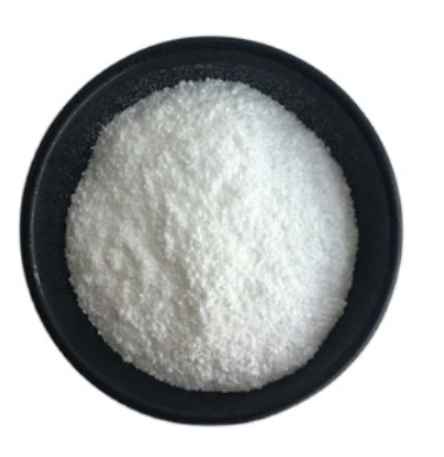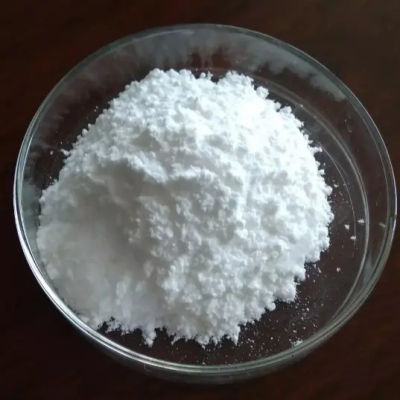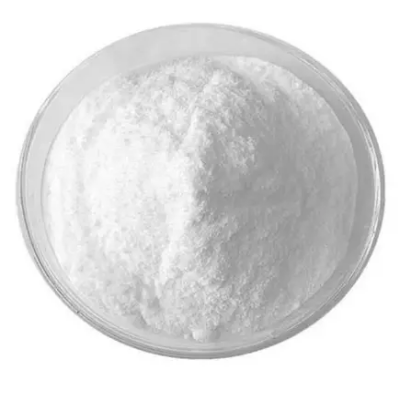1,4-Dihydroxyanthraquinone CAS:81-64-1
1,4-Dihydroxyanthraquinone is a versatile compound that plays a crucial role in various chemical and industrial applications. One of its most prominent uses is as a dye, where it is celebrated for its brilliant red hue. Historically, alizarin was derived from the madder plant and used extensively in textile dyeing. Today, while synthetic methods dominate its production, its application in producing high-quality dyes remains significant, particularly for cotton and wool fabrics. The compound's excellent lightfastness and washfastness make it an ideal choice for textile applications. In addition to its use in dyeing, 1,4-dihydroxyanthraquinone is valued for its ability to act as a pigment in plastics, paints, and inks. Its stability under heat and light enhances the durability and quality of colored products, making it a sought-after ingredient in formulations requiring long-lasting color. The compound also plays a vital role in organic synthesis as an intermediate in the preparation of more complex structures. Due to its two hydroxyl groups, 1,4-dihydroxyanthraquinone can undergo various chemical reactions, including oxidation and substitution, allowing chemists to create new derivatives with potentially enhanced properties or functionalities. These derivatives may have applications in medicine, such as anticancer agents, antimalarials, and other therapeutics, due to the bioactivity often associated with anthraquinone derivatives. Moreover, 1,4-dihydroxyanthraquinone can be employed as a reagent in analytical chemistry. It is used in quantitative assays for the determination of metal ions through complexation reactions, a feature that aids in environmental monitoring and quality control within industries. The synthesis of 1,4-dihydroxyanthraquinone can be achieved through various methods, including the oxidation of anthraquinone or the hydrolysis of specific precursors. This accessibility makes it a valuable compound for researchers and industries alike. Safety considerations are paramount when handling 1,4-dihydroxyanthraquinone, as it may cause skin and eye irritation. Proper safety equipment, including gloves and goggles, should be utilized to mitigate risks during laboratory processes. In conclusion, 1,4-dihydroxyanthraquinone is an essential compound in both industrial and research settings. Its diverse applications in dyeing, organic synthesis, and analytical chemistry underscore its significance across multiple fields, reinforcing its status as a key player in modern chemical practices.



| Composition | C14H8O4 |
| Assay | 99% |
| Appearance | white powder |
| CAS No. | 81-64-1 |
| Packing | Small and bulk |
| Shelf Life | 2 years |
| Storage | Store in cool and dry area |
| Certification | ISO. |









